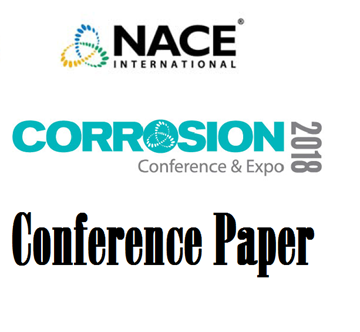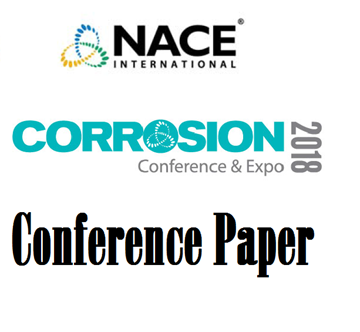Search
Products tagged with 'corrosion inhibitors'
View as
Sort by
Display
per page
51318-10918-Control of Corrosion Inhibitor Fouling in Highly Sour System
Product Number:
51318-10918-SG
Publication Date:
2018
$20.00
51318-11066-Application of Corrosion Inhibitors for K55 Casing Corrosion Control in Acidic Geothermal Well Fluid
Product Number:
51318-11066-SG
Publication Date:
2018
$20.00
51318-11093-Comparison of Inhibited Erosion-Corrosion with Calcium Carbonate Particles versus Sand
Product Number:
51318-11093-SG
Publication Date:
2018
$20.00
51318-11193-Corrosion Inhibition of Carbon Steel under Supercritical CO2/H2S Environment
Product Number:
51318-11193-SG
Publication Date:
2018
$20.00
51318-11262- Effectiveness Testing on Vapor Phase Corrosion Inhibitors Using Rotating Cage Autoclave and Electrochemical impedance Spectroscopy Methods
Product Number:
51318-11262-SG
Publication Date:
2018
$20.00
51318-11537-Effect of Corrosion Inhibitor Alkyl Tail Length on the Electrochemical Process Underlying CO2 Corrosion of Milld Steel
Product Number:
51318-11537-SG
Publication Date:
2018
$20.00
96009 FRACTURE MECHANICAL PROPERTIES OF C02 CORROSION PRODUCT SCALES AND THEIR RELATION TO LOCALIZED CORROSION
Product Number:
51300-96009-SG
ISBN:
96009 1996 CP
Publication Date:
1996
$20.00
An Organometallic Ester Corrosion Inhibitor for Use in Direct-to-Metal Acrylic Paints
Product Number:
41212-681-SG
Publication Date:
2012
$20.00
Applicability Study of Inhibitors to Corrosion Under Insulation
Product Number:
51323-19244-SG
Publication Date:
2023
$20.00
BPA Epoxide Inorganic/Organic Coatings with nanoCarbon Additives
Product Number:
41215-933-SG
Publication Date:
2015
$20.00
Building an Oil and Water Partitioning Model for Corrosion Inhibitor Dosage Based on Novel Residual Technique
Product Number:
51323-19205-SG
Publication Date:
2023
$20.00
Chemical Mitigation Of Alkaline Carbonate Stress Corrosion Cracking
Product Number:
51322-18160-SG
Publication Date:
2022
$20.00












